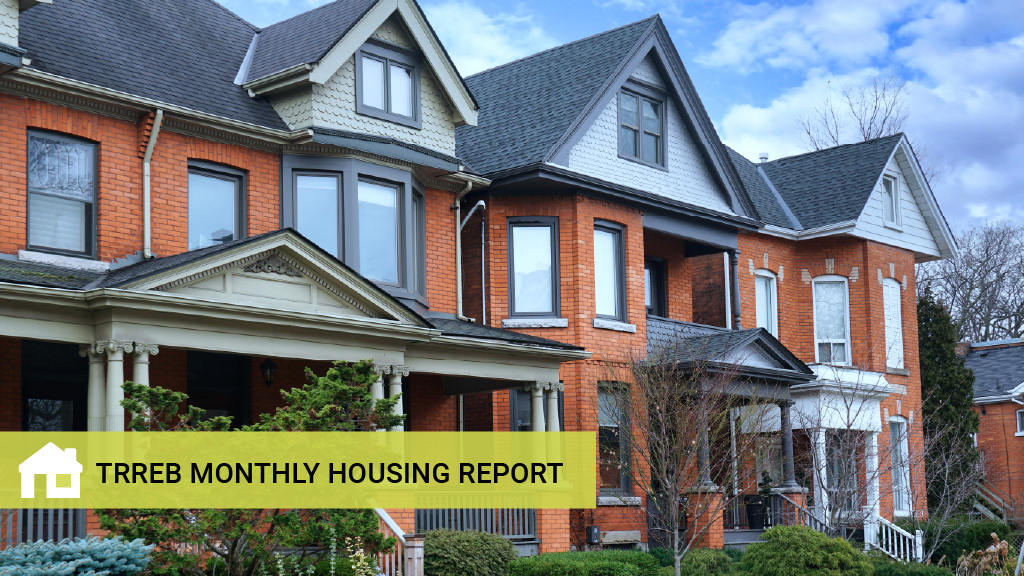
June 2024 saw fewer home sales in the Greater Toronto Area (GTA) compared to the same month last year, according to the latest update from the Toronto Regional Real Estate Board (TRREB). Even with the Bank of Canada’s cut to the overnight lending rate at the start of last month, many potential buyers chose to wait it out, leading to a slight decrease in the average selling price from June 2023.
“The Bank of Canada’s rate cut last month provided some initial relief for homeowners and home buyers. However, the June sales result suggests that most home buyers will require multiple rate cuts before they move off the sidelines. This follows Ipsos polling for TRREB, which suggested that cumulative rate cuts of 100 basis points or more are required to boost home sales by any significant amount,” said TRREB President Jennifer Pearce in a press release.
Sales fall and new listings rise
Real estate professionals in the GTA reported 6,213 home sales through TRREB’s MLS® System in June 2024, marking a 16.4% drop from the 7,429 sales reported in June 2023. On the contrary, new Toronto listings increased 12.3% year over year, reaching a total of 17,964 entries in the MLS® System last month.
“The GTA housing market is currently well-supplied. Recent home buyers have benefitted from substantial choice and therefore negotiating power on price. Moving forward, as sales pick up alongside lower borrowing costs, elevated inventory levels will help mitigate against a quick run-up in selling prices,” said TRREB Chief Market Analyst Jason Mercer.
Toronto homes record yearly price decrease
The MLS® Home Price Index Composite benchmark dropped 4.6% on a year-over-year basis in June 2024. The average selling price stood at $1,162,167, a modest 1.6% decrease from June 2023’s average of $1,181,002. On a seasonally adjusted monthly basis, both the MLS® HPI Composite and the average selling price saw an uptick compared to May 2024.
“Despite a temporary dip in home sales due to high interest rates, we know that strong population growth is driving long-term demand for ownership and rental housing. Ontario has set the goal of 1.5 million more homes on the ground by 2031. This is only possible if all levels of government ensure actionable solutions with sustained effort, including continuing to remove red tape, avoiding financial barriers to home construction, and minimizing housing taxes and development charges,” said TRREB CEO John DiMichele.




